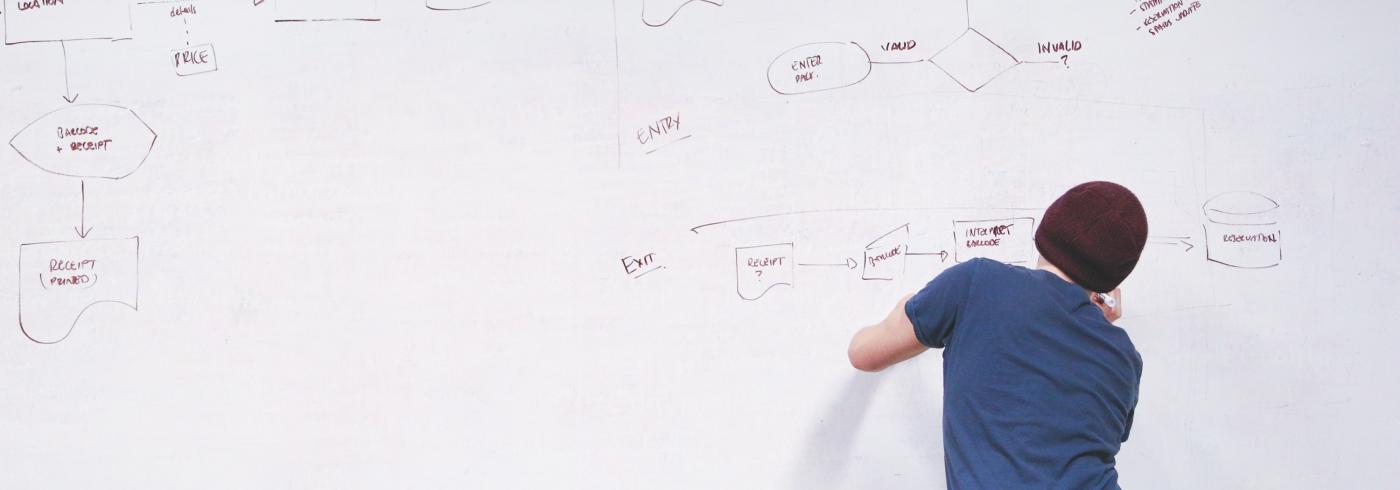
Accessibility is a process. Not a feature.
Accessibility is a creative process where products are made to be fit for purpose for a range of users with all kinds of abilities.
If you don't think you should care about that when it comes to your website, let's choose a metaphor that makes an indisputable point…
Imagine you live in the penthouse of an apartment building. Say that building has 30 floors. Say it also doesn't have a lift. Now, let's say it doesn't even have stairs. How are you getting in? You might be a really good climber. How about your grandmother? She wants to get into the apartment to see you, but can she climb as well as you can? Probably not, but she wants to get to the same place as you.
Let's give this building some stairs. Some of the people who want to visit you in your flat can climb 30 flights of stairs, but what about your poor grandmother? She's unlikely to be able to do that, but she still wants to visit.
We need this building to have a lift. A lift gives ease of access to your penthouse to anyone who wants to visit you. And this is accessibility. Making something accessible so anyone, no matter their abilities, can use it in a similar or equal way.
Of course, in our world, your penthouse is your website and your friends and grandmother are your users. They all want to visit your site, but you might only be making it easy for some of them when you should be taking steps to make sure they can all get access.
Why accessibility is a process, not a feature
If you're a developer working on a website with HTML, CSS and JS and it works, why do you need to factor in accessibility at all?
There are 7.7 billion people in the world and around 59.6% of those are internet users (Internet World Stats, 2020).
4.7 billion is a lot of users. You need to think about as many of those as possible because, as World Bank tells us, 15% of that 7.7b has some form of disability.
This ranges from:
-
Visual and hearing impairment
-
Physical ability
-
Cognitive ability (intellectual or learning)
-
Neurological
As an organisation trying to achieve a goal, are you going to ignore the needs of 1 billion people who might want to access your website and become a customer?
The idea is to think of accessibility as a process or, even better, a mindset. It's not a feature. It's not a tick box exercise. Technology is always changing. Consider how we access the internet now; smartphones, tablets and even smartwatches. Now think about the conditions in which we access it; great internet, poor internet, quiet places, loud places… and so on. Accessibility means giving that user a way of accessing your content.
There are some simple ways you can start to fold accessibility into the core of your business, including some quick wins for your website that you can employ without a developer. We wrote about them here.
Your goalposts should always be moving and you should be making strides to meet them.
Our team is devoted to improving accessibility. Read the words of our Head of Design about why she's so passionate (warning, there is some incredibly endearing content in this link).